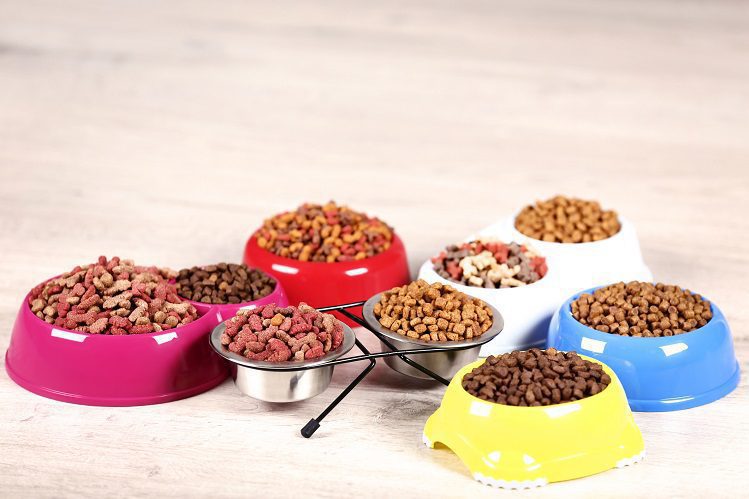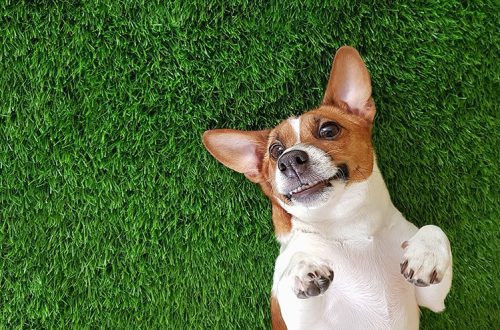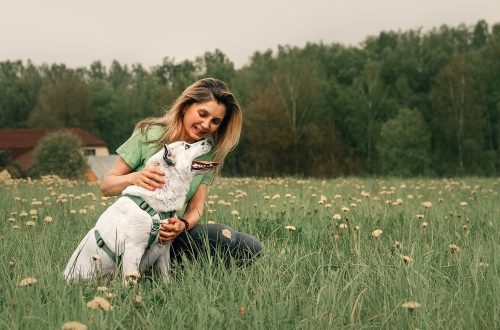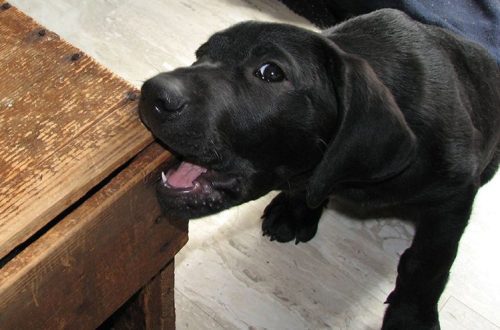
How much food to feed a dog and a cat per day
Even the best food in the world can not cope with its task if the feeding norm is violated.
What could be more convenient than feeding your pet with professional dry or wet food? I chose a good brand – and you don’t have to worry that a dog or cat will receive less vitamins and minerals. But not everything is so simple.
Even the best food in the world will not cope with its task if you violate the feeding norm: overfeed or underfeed your pet.
In such situations, pets begin to gain weight or, conversely, remain hungry all the time.
If you are giving your pet professional prepared foods, the main thing you need to do is to carefully study the feeding rate of a particular product.
On the back of the package, you will find a chart showing how much food your dog or cat needs based on their age and weight.
Sometimes the manufacturer gives a clarification on the level of activity and conditions of detention: for example, for dogs with an average level of activity or cats living in the house. The table always indicates the weight of the daily serving, and not one meal. For example, a 12 kg dog needs approximately 195 grams of Gemon dry food per day. This weight (195 g) must be divided by the number of feedings. You can give your dog 100 grams of food twice a day or, if necessary, split the indicated portion into more feedings.
To correctly calculate the dosage of feed, find out the weight of the pet and find the corresponding indicator in the table with the feeding rate. To this weight, the recommended daily allowance of feed will be indicated.

Feeding rates are always indicative.
For a certain weight of a dog or cat, an approximate amount of food is recommended. But each particular pet may have features related to physiology, breed and personal appetite.
Therefore, on the same dosage of the same feed, different animals may look different. This is absolutely normal. The main thing is that at the same time the pet feels good and its weight is normal.
Caloric requirements for dogs and cats vary by age, size, breed, health status, and activity level. A 20 kg dog living in an apartment is recommended approximately 285 gr. dry food per day. And a sports dog with the same weight is already about 350 gr. (calculation of dry food for adult dogs Gemon Medium Adult). Veterinary nutritionists recommend focusing on the average value indicated by the manufacturer. And then – monitor the well-being and condition of the pet.
If a cat or dog begins to gain or lose weight, the feeding rate can be reduced or increased by 10-15%. And then re-evaluate the condition of the pet.
If the situation does not change, it is better to consult a veterinarian.
When pets are sterilized, the hormonal background changes and the metabolism slows down. Some cats may start to gain weight and the classic food may not be suitable for them. In this case, you need to choose a balanced diet specifically for sterilized cats. The feeding rate is also calculated depending on the weight of the cat. For example, a cat weighing 4 kg will need about 60 grams of Gemon Cat Sterilized dry food per day. The same can be said about therapeutic diets. If the veterinarian has prescribed a special diet for a cat or dog, the rate should also be looked at on the packaging of a particular food and correlated with the weight and condition of your pet.
Sometimes a branded measuring cup is attached to professional food. It shows the weight of a particular feed converted to volume. But it is impossible to measure other feeds with such a glass, since the values uXNUMXbuXNUMXbin the feeds from other manufacturers will be different.
If there is no branded cup for your food, it is better to measure the weight on a regular kitchen scale. But pouring food “by eye” is a bad idea.
When combining dry and wet food, you need to focus on the tables of both diets. For example, a dog may be recommended 300 grams of dry food per day or 1000 grams of wet food. You can divide these values in half, into two meals: give the dog 150 grams of dry food in the morning and 500 grams of wet food in the evening.
Depending on the preferences of the pet, the ratio of dry and wet food can be varied. The main thing is to adhere to the general daily norm of feeding.
Dry and wet diets are best given in separate feedings rather than mixed in the same bowl. This will make it easier to measure the amount of the portion, and you can track the reaction of the pet to the food. In case of digestive problems, you will understand which food caused the reaction.
Distribute the volume of servings according to the table, and not “by eye”. This will keep the balance of nutrients.
Finally, we recall that in one diet it is recommended to combine wet and dry food of the same brand. Such products are similar in composition, blend well with each other and do not create an unnecessary burden on the digestive system.
We wish your pets the most healthy diet!





